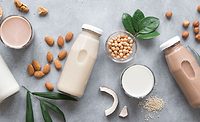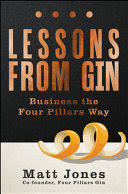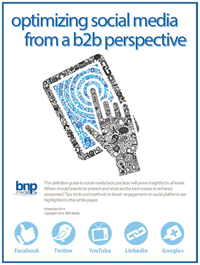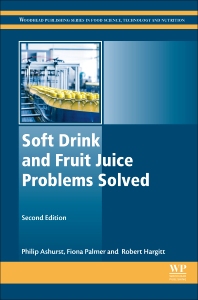Last Drop
What you sip your drink from matters
How container size/shape, material impacts a beverage

When it comes to enhancing the experience of beverage consumption, brand owners are mindful of the impact that packaging can have.
Whether drinking directly from the package or pouring into a glass, product packaging can affect pour consistency, temperature and even flavor profile. For ready-to-drink beverages, these factors help brands decide on aluminum or glass, plastic or carton, and more. But for cocktails, the glass size and shape of a beverage can truly make a difference.
In the case of a Ramos Gin Fizz, how the cocktail is delivered to your palate determines whether the drink’s foam push-pop will stay intact, says Riedel’s Spirits Specialist and Bar Designer Zane Harris. For a whiskey sour, the size and shape of glassware determines whether it will hit the part of your palate that emphasizes its creamy nature.
“Similar to wine, cocktails’ flavors and characteristics can present differently in different glassware, bringing out the complexities in aroma, flavor, texture and how it is prepared,” he says. “In addition, crystal, for example, allows you to see the true colors of a cocktail, with cuts or designs in that crystal enhancing these characteristics. The thickness of the crystal also plays a role in how a glass feels in-hand and determines the thickness of the rim of the glass, affecting how it feels when you put the glass to your lips.”
He adds that although the material of a cocktail glass can affect presentation, feel and flavor profile, drink-ware also boils down to personal style or the historic glass associated with a cocktail, such as in the case of a sterling cup for a mint julep or copper mug for a Moscow mule.
Looking for a reprint of this article?
From high-res PDFs to custom plaques, order your copy today!









